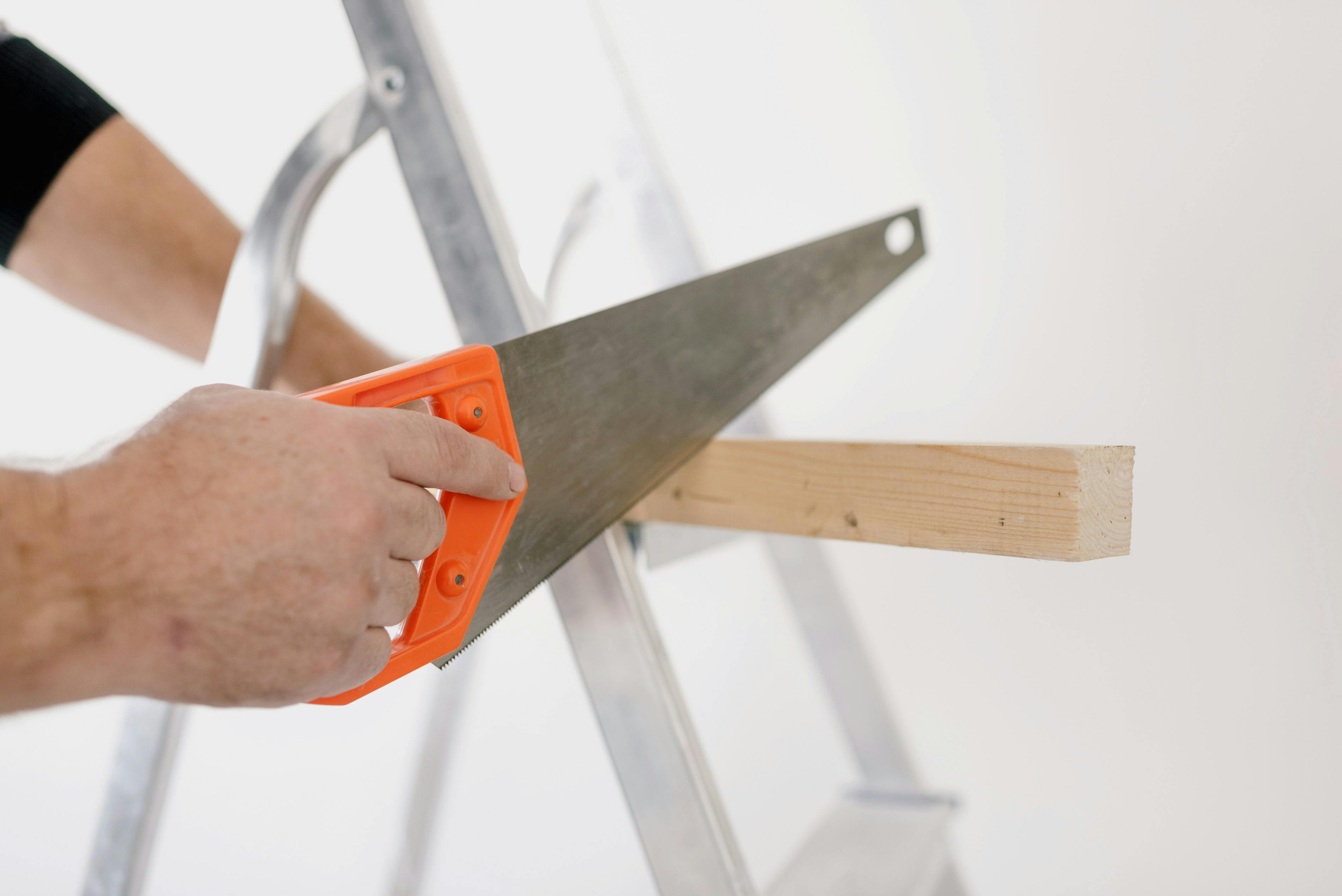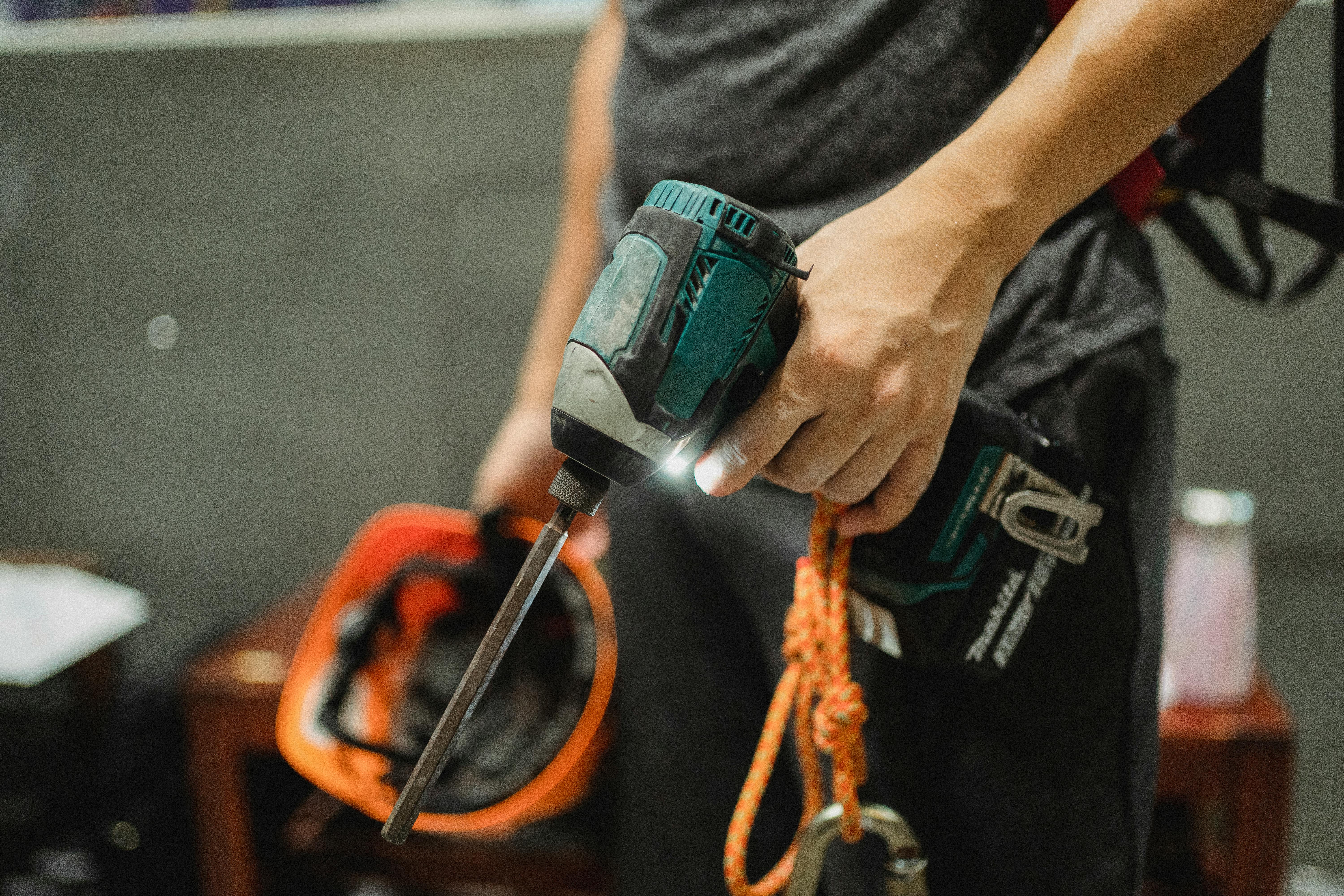If you’re like most new UTV owners who drop a wad of hard-earned cash on a shiny new machine, you’ll probably find on that first ride that the only accessory you should have budgeted for was a high-quality windshield. With many of the new machines on the market capable of highway speeds on firm ground, and the likely scenario that their recreational use includes dusty, rainy, or snowy driving, it is not long before most drivers opt for a more permanent alternative to motorcycle goggles. .
So why not just head over to your nearest dealer and throw a couple hundred bucks on whatever is in stock? At first glance it may seem like a fairly simple purchase. Just make sure it fits your vehicle and is in business, right? But there’s a reason for the wide selection of UTV windshields available. Side by Side owners are an adventurous and diverse group of enthusiasts with applications ranging from recreational use on the dunes or trails, to hunting, to a legal second street vehicle for getting around town on those good weather days. In addition to your application, there are other important considerations to keep in mind to avoid buyer’s remorse. What kind of weather do you often encounter? Will you be towing your UTV every time you use it? Do you want the option to remove it from the vehicle easily? What kind of warranty options should you consider? This post will address these questions to help you make an informed purchase.
There are two main reasons owners buy a windshield, and both are critical to continuing to enjoy their UTV. The most obvious is to protect the face and body from dust and dirt. Unless you use your UTV exclusively on the street, chances are you’ve got a mouthful of bugs or at least a thin layer of your local soil from that first ride. The good news is that literally any windshield, even the one-size-fits-all half windshields commonly seen on UTVs operating in sand dunes, will at least limit your exposure. Half-height windshields are typically a good choice for low-dust, hot climate applications where cab insulation is not an issue. In addition to universal windshield halves that fit any model, there are many manufacturers, such as Moose Division, that make both fixed and folding windshield halves in the $150 to $350 price range.
Speaking of weather, what is the temperature and frequency of rainfall in the places where you ride the most? If you find yourself frequently battling the brutal winters of the Midwest or Northeast (or any of you crazy Canadians), not only do you want a full windshield, but you might also want to consider one of the heavy-duty glass windshields that usually include a wiper washer. option. While expensive, this will likely be the last windshield you’ll buy for your side by side. They are as strong as a car windshield and will not scratch, and offer the added benefit of insulating the cab, particularly when integrated with a cab enclosure. If your weather conditions tend to approach triple digits, in addition to the half windshields mentioned above, there are many vented full windshields on the market. Check out options like Trail Armor’s patent-pending Polaris RZR “Coolflo” windshield or “lock and ride” models that can be easily removed with thumb screws. Both are available in the price range of $200-$400.
I’ve talked a bit about windshield materials, and there’s a good reason for the incredible range in price between the different materials available. Glass is obviously the most expensive because it requires mounting to a thick, heavy frame (it’s already mounted to the frame for you), and is usually the same quality as a car windshield. These are typically the only windshields that have a wiper option available. They are a great choice for most non-racing applications where the weight and added drag will slow you down. They are virtually impossible to break and are generally DOT approved (street legal). Most states require a windshield for any four-wheeled motor vehicle, and if you get a ticket for driving without one, the ticket can be nearly the cost of a new windshield. Don’t get caught without one!
Most Polaris RZR plastic windshields fall into two categories: acrylic (buy at least 1/4″ thick for strength) and polycarbonate (usually 3/16″ thick). Both are tough enough to handle the elements, but typically only the thickest polycarbonate is DOT-approved. If you plan to have your windshield on your UTV most of the time, it makes sense to spend a little more for the heavier polycarbonate. It’s considerably stronger than acrylic and the way most homeowners pound their machines, you’ll probably be glad you did. The strongest option (after glass) is hard-coated MR-10 Lexan, a super-hard material used in demanding applications such as light aircraft windshields and medical-grade instruments. It will never cloud or yellow and is safe to leave on when towing side by side. No matter which windshield you choose, be sure to check that the manufacturer warrants the trailer windshield. This is the most common reason for broken UTV windshields. EMP is a great fixed Lexan windshield for Polaris RZR and Polaris Ranger, among other models. It even includes a wiper option on some models.
Essentially, there are two mounting options to consider when purchasing any windshield. Will it require tools to remove it from your machine or not? Glass windshields are too heavy to take on and off regularly, so opt for plastic if your application requires this flexibility. The easiest to remove options include some sort of “lock and drive” system that allows for easy removal with thumb screws. These can usually be removed anywhere by one person, as long as they are strong enough to lift the windshield off the cage. Most windshields don’t require drilling, but use clamps that secure the windshield to the roll cage.
While windshields are often great for protecting passengers from the elements, dust from the airstream can be another problem, especially if you have a side-by-side combination windshield and roof. This is where cab backs are a great option. These rear windows that bolt to the rear of the cage to keep dust, snow, and rain out of the passenger area. Most offer the same easily removable thumb screw system as lock and ride windshields, and are available from Kolpin and others for around $200.
No matter what type of windshield you choose, it makes sense to invest in a brand made by a quality manufacturer like the ones mentioned in this article. Bargain models made of thin acrylic that masquerade as a “one-size-fits-all” are often cheap plastic sheets with a couple of clamps made by retailers trying to get the most out of their customers. Brand warranties will protect you from the junk that could mar your first ride. Take it from someone who has replaced more than one windshield on the same vehicle.




Recent Comments